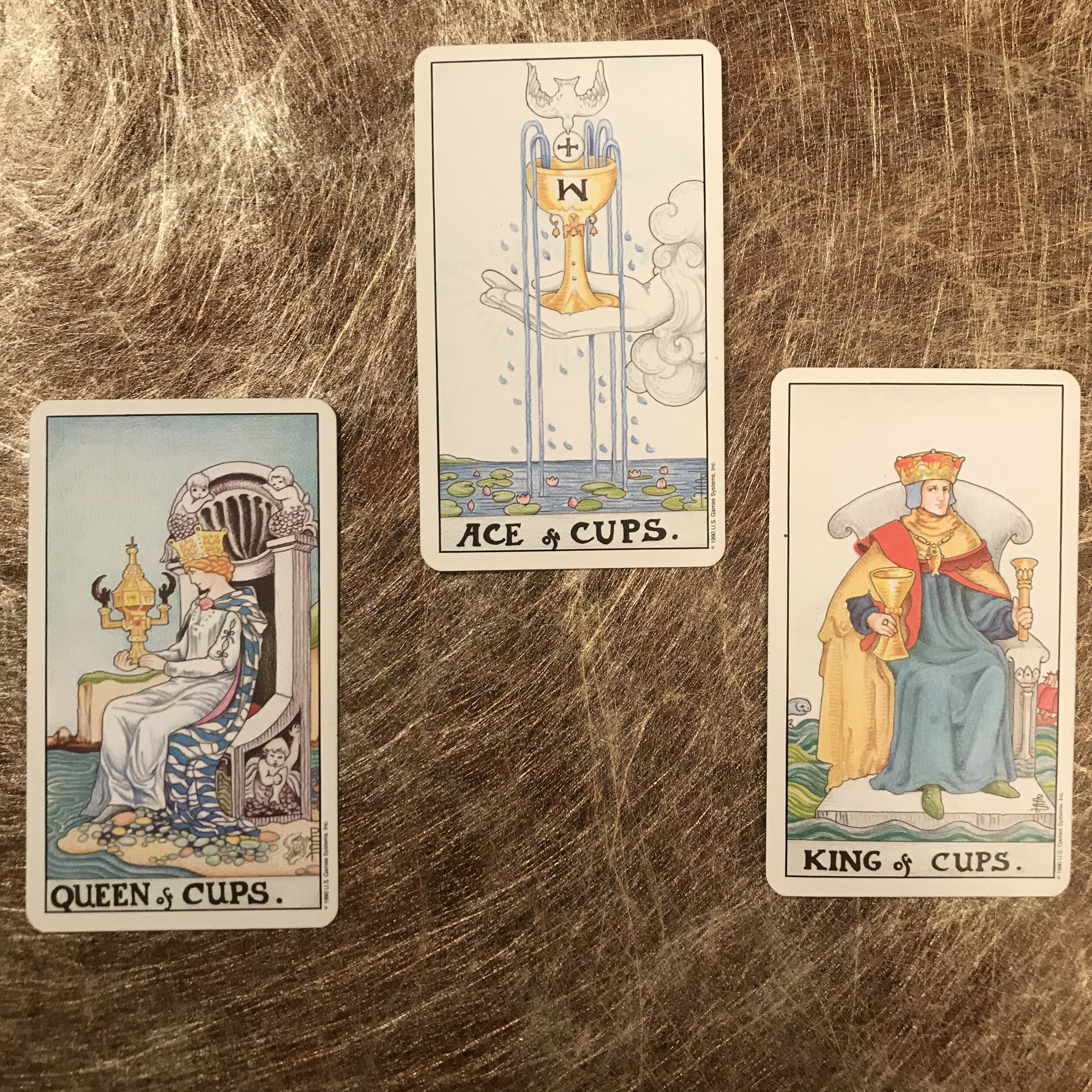Reading The Tree of Life tarot spread: Keter and the root of the soul—the שרוש הנשמה
/All trees have roots, but when you look at the diagram of the Tree of Life, one thing to remember is that the roots are not at the bottom. The roots of the Tree of Life are in heaven (if you’ve read my book you know that for me this is metaphor). This means, that the card at the top of the spread, in the Keter, or Crown, position, represents the root. But the root of what?
Of course, it depends on the question being asked. But I particularly like using this spread for questions of one’s mission in life. So I read the card in this position as the Shoresh HaNeshamah, the root of the soul.
One of the ways to read a card in the Keter position is as showing the gifts from the Divine that one’s soul incarnates with. You can think of it as one’s mission, or as one’s innate gifts that are important for one’s mission in life.
Because each numeric card of the Minor Arcana is matched with its corresponding Sephira, each Aces corresponds to Keter. Note that in the Waite-Smith deck the Aces all show the Divine bestowing a gift—a hand reaching out from beyond. An Ace in this position represents the gifts (and challenges) of the suit in one’s life and life’s mission.
How do you read a Minor Arcana card in this position that on the surface seems negative—the Five of Swords for example. First you start with remembering a sentence from the morning liturgy:
אלהי נשמה שנתת בּ טהורה היא
The soul You place in me is pure.
Then you sit with the question, what positive message does this card reveal about my mission? This is not to ignore the challenges such a card may reveal.
Many people are surprised to learn that one of the beliefs in Kabbalah is in the soul’s reincarnation. Not unlike the teaching in Buddhism, the soul is here to complete its journey. Looking at the Five of Swords, it could suggest that in a previous incarnation, self-interest was a defining factor in that life, and so that here, in this life, a mission might well be about service to others, with an awareness of an inner pull towards a more narrow, self-serving goal.
This is one of the reasons why this spread is particularly good for life’s big questions.
Because Keter means “crown” it also is a clue when any card with a crown appears in this position. And remember, these aren’t always Kings and Queens. There are a number of Major Arcana cards with crowns, and even one Minor Arcana numeric card with a crown (yes, it’s the Four of Pentacles—and there is an important Kabbalistic meaning to this). It’s also a hint to look at anything on or above the head of a figure in a card in this position.
Each position in the Tree of Life spread is rich with meaning. Because the Tree is fractal it’s important to remember and consider the interaction between the Sephirotic position of the card, and the card’s position on the Tree, whether it corresponds to a Sephira, a Hebrew Letter on one of the paths between the Sephirot, or one of the Patrzufim. What’s a Partzuf you may ask?
If you’re interested in learning how to read this spread, I will be teaching a class on this in the Fall of this year, dates to be announced. If you’re interested in getting a Tree of Life reading, get in touch via the “contact” form.

